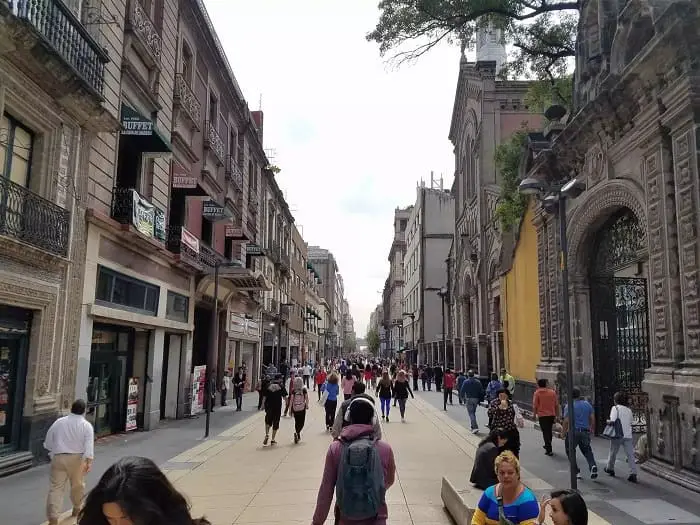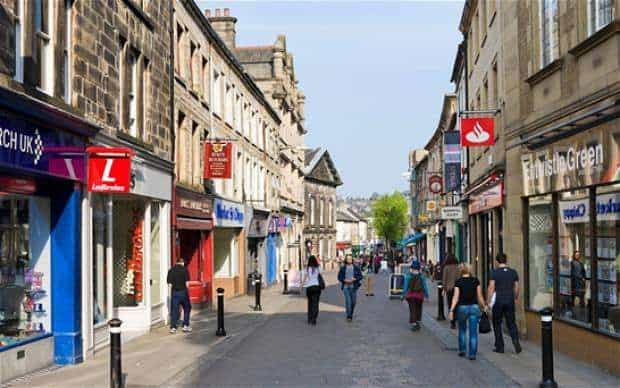Introduction – Need for mixed use development
The need of having mixed use arised due to various reasons. There was a significant lifestyle change that occurred in the mid-20th century due to sedentary habits of the people during that time and which continued till date (Schmitz and Scully 2006). This resulted in the design of a suitable built environment for such lifestyle with vehicle-oriented communities and commercial districts (Schmitz and Scully 2006). They were provided with an abundance of parking and were accessed through high-speed roadways (Schmitz and Scully 2006). There was a little accommodation for pedestrians and bikers in such designs (Schmitz and Scully 2006). The designs were oriented towards providing transport corridors for isolated office or industrial parks, stores and neighbourhoods, unable to complete errands on foot (Schmitz and Scully 2006). Amenities and entertainment options for people were available only in public places isolated from residential neighbourhoods (Schmitz and Scully 2006). The impact of such lifestyle was on the health of citizens with people having heart diseases and obesity issues in the early age of their lives (Schmitz and Scully 2006).
A response to the issue:

Related: Scope of Development Plan
As a response to this issue, in the recent years, developers and builders are focusing their investments on new town centres, main streets and urban villages as a promising new form of real estate development (Bohl, 2002). Not just a dream for urban designers and city planner but such place making projects with designs of a mix of uses and pedestrian environment have become a reality for many (Schmitz and Scully 2006). These concepts are embraced by both public and private sector and there is a constant effort to put the communities on the map, developing a strong identity for residential development (Schmitz and Scully 2006). Also, a recent survey shows that 86 percent suburban communities support the concept of mixed-use development (Schmitz and Scully 2006). However, there is a popular demand from suburbanites to have main streets and town centres along with a convenient automobile access (Bohl, 2002). Vice a versa there are suburban expectations from town centres and main street development (Bohl, 2002). Thus, there is a challenge to reinvent the traditional urban centres amongst the developers, planners and urban designers that also in a way serve the suburban population (Bohl, 2002).
Demand:

The pedestrian-oriented mixed-use development is growing in demand with benefits of living, working, and shopping in a walkable place (Schmitz and Scully 2006). Also, both stakeholders and shareholders are finding such pedestrian-oriented development not only feasible but profitable (Schmitz and Scully 2006). These walkable, mixed-use developments are growing successfully in diverse forms such as villages and town centres, new urbanist master-planned communities, suburban infill projects, urban redevelopment districts, main-street rejuvenation projects, rehabilitation of conventional retail centres, and transit-oriented developments. (Schmitz and Scully 2006).
Barriers:
Although, conceptually mixed-use development is successful there are certain barriers to implementation. The most important barrier is the financing of these projects which are more complicated than the project itself (Schmitz and Scully 2006). The market is a bit lethargic to accept the important change in the design and approach to mixed-use development (Schmitz and Scully 2006). The lending institutions tend to overlook the unique circumstances of pedestrian-friendly projects (Schmitz and Scully 2006). For these institutions, high parking requirements are typically a precondition of financing (Schmitz and Scully 2006). Despite these financial barriers, things have begun to change in a positive direction in the recent times. Throughout the world, communities are favouring pedestrian presence brought about by new smart growth (Schmitz and Scully 2006). City centres are getting reinvented with a mix of commercial and residential land uses side by side or stacked one above the other. To add to this some cities have even torn down the unused street highways that once ripped through their cores (Schmitz and Scully 2006).
Implementation:
Currently, urban planning and built environment in most of the cities is segregated in zones such as office spaces, shops and schools etc, which are accessed by cars (Schmitz and Scully 2006). The research on lifestyles of people and its effect on their health has revealed that mixed use development with pedestrian oriented development would benefit the users in a positive way (Schmitz and Scully 2006). The local governments are now quite aware of the benefits and many are working towards making places vehicle free (Schmitz and Scully 2006). Also, local governments are using techniques such as using zoning codes and overlay districts to develop high density walkable places (Schmitz and Scully 2006). At national level, there has been a growing consensus over providing financing tools both in public and private sector for the mixed use development (Schmitz and Scully 2006).
Conclusion:
In Conclusion, the growing demand from people and government financial policies have made mixed use development a viable solution towards a healthy lifestyle of the citizens. However, more research on is required on developing techniques of financing mixed use development.
Also Read: Urban Transformation: A study of Pune City
References:
Schmitz, A., & Scully, J. (2006). Creating walkable places: compact mixed-use solutions. Retrieved from https://about.proquest.com/en/products-services/ebooks-main
Bohl, C. C. (2002). Place making: developing town centres, main streets, and urban villages. Retrieved from https://about.proquest.com/en/products-services/ebooks-main